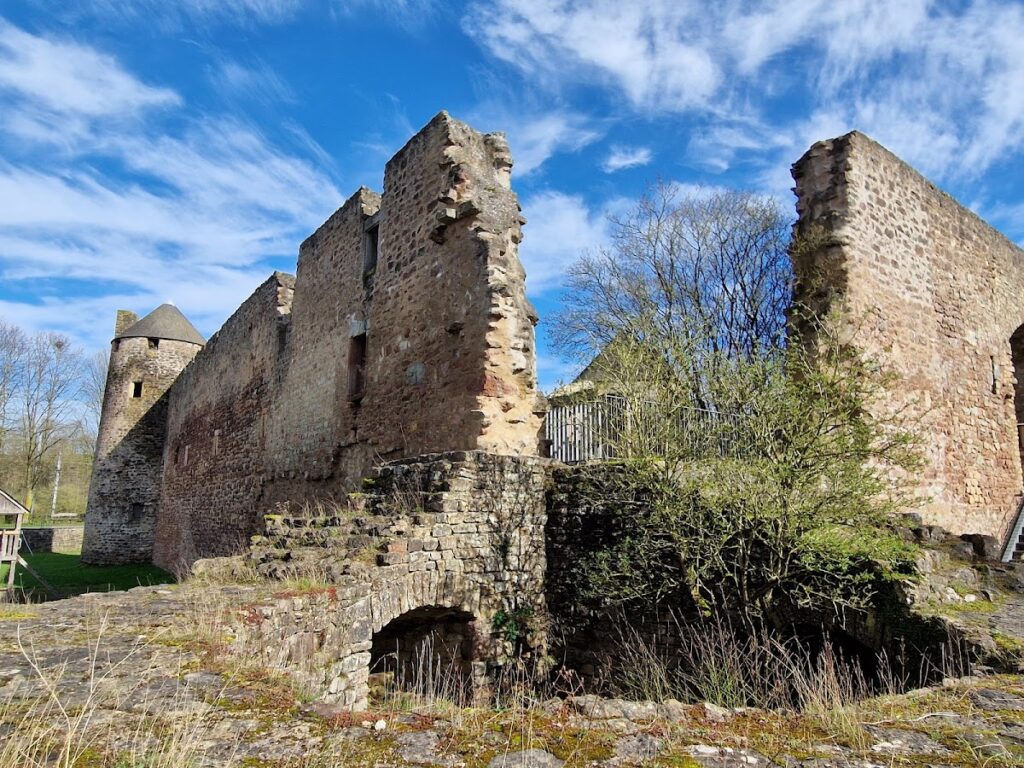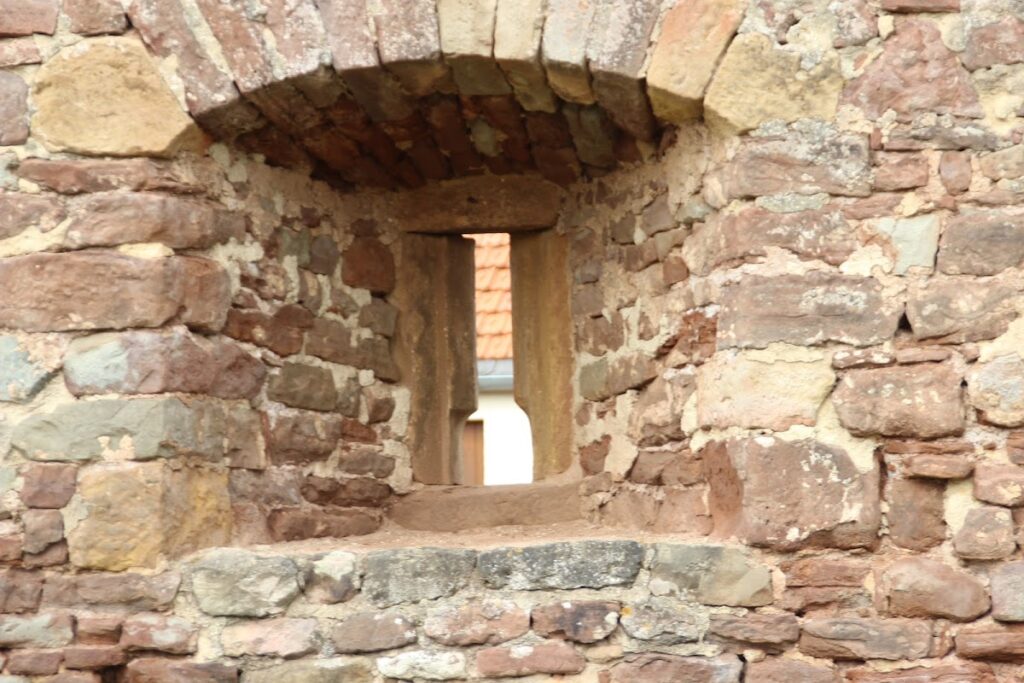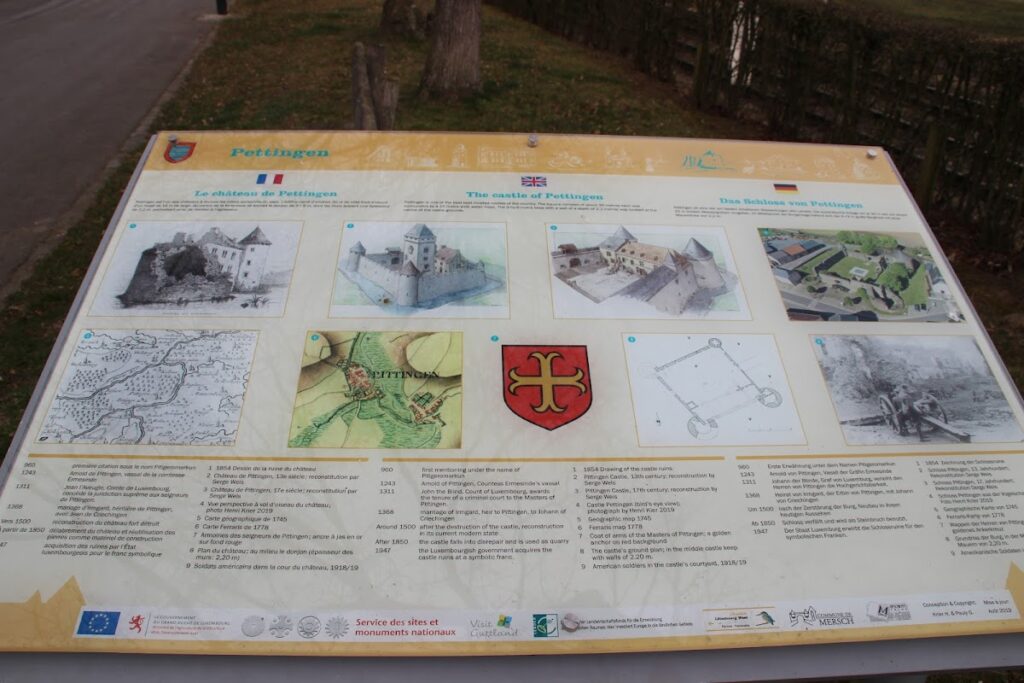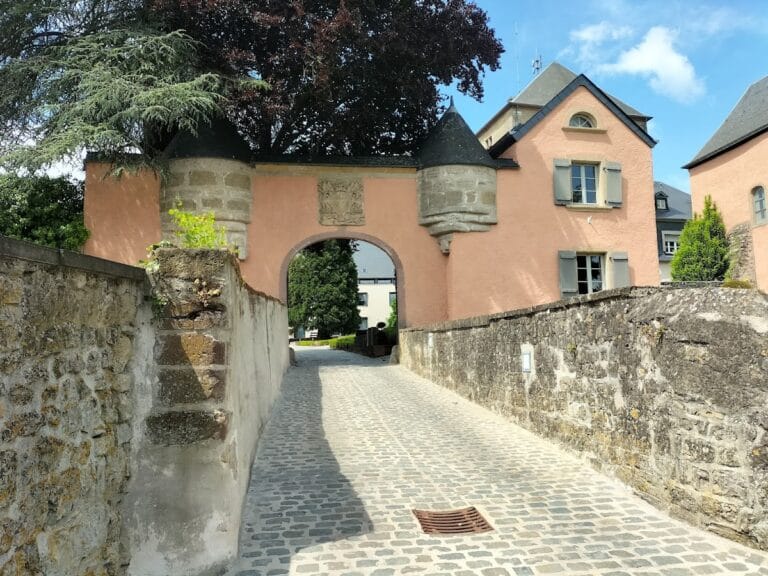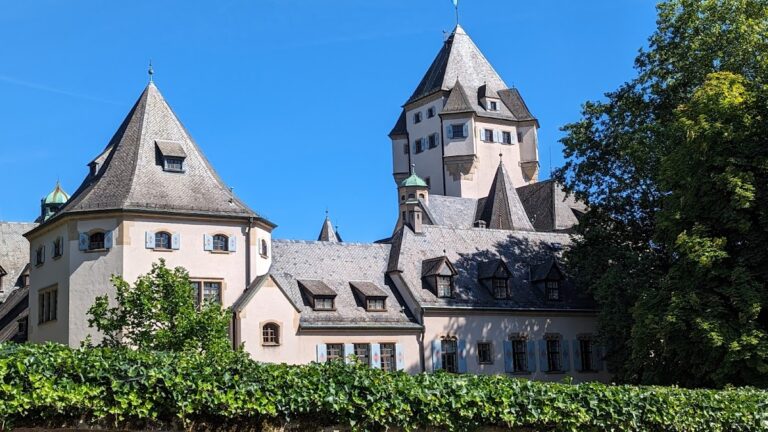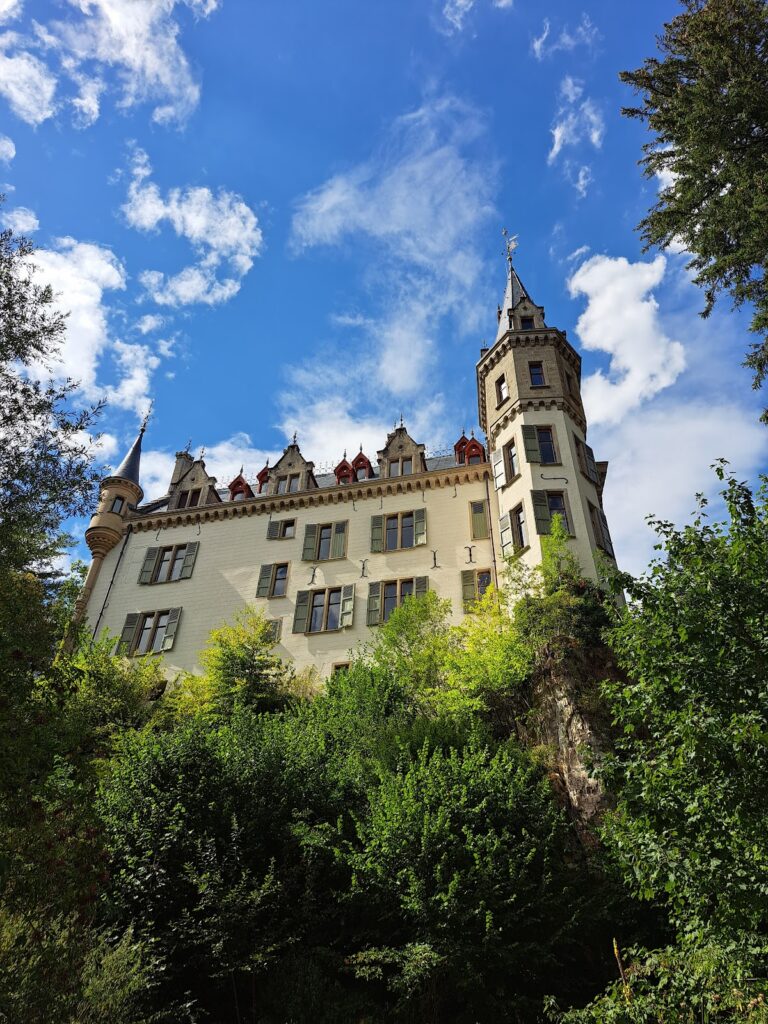Pettingen Castle: A Historic Medieval Fortress in Luxembourg
Visitor Information
Google Rating: 4.3
Popularity: Low
Google Maps: View on Google Maps
Country: Luxembourg
Civilization: Unclassified
Remains: Military
History
Pettingen Castle is located in the municipality of Mersch, Luxembourg. It was originally built by medieval European nobility, serving as a fortified residence in the region now known as Luxembourg.
The site first appears in records from the 10th century under the name “Pittigero Mazini,” evolving to “Pettingen” by the 13th century. Throughout the late Middle Ages, the lords of Pettingen held important positions in Luxembourg society. They participated in major events such as the wedding of the influential countess Ermesinde, the coronation of Henri IV, and the formalization of marriage contracts for John the Blind, highlighting their social prominence.
In the early 14th century, a notable alliance was forged when Arnold of Pettingen married Marguerite of Rousy, who descended from Ermesinde’s lineage. This connection strengthened the family’s status and led to further ties with the Créhange family through marriage, particularly the union of Irmengard of Pettingen and Jean de Créhange.
The castle faced significant hardship during the late 15th century. In 1498, Maximilian of Austria, then Duke of Luxembourg, ordered its destruction amid regional conflicts. Around the same period, the Duke of Burgundy, Charles the Bold, also actively demolished the stronghold in retaliation for political tensions. The castle’s valuable possessions were confiscated in 1494, though a partial restitution was decreed in 1503 by the Great Council of Mechelen, reflecting the shifting control and legal arbitration of the era.
Around 1503, efforts began to rebuild Pettingen Castle, restoring it largely to the form that survives today. This period saw the addition of four heavy round corner towers in 1571, designed to enhance the castle’s defenses. Later, in 1582, the castle’s status was elevated when it became the center of a barony, marking its importance in the noble hierarchy.
Conflict returned in 1684 when the forces of Louis XIV bombarded the castle, causing substantial damage. Following the assault, its moat was filled in to eliminate its protective function. Throughout the following centuries, ownership of Pettingen passed through several noble families, including the Counts of Créhange, the Counts of Lapérouse, and the Dukes of Arenberg, who eventually sold the property in 1837.
By the mid-19th century, the castle had fallen into ruin, with significant structural collapses such as the southern wall caving in during 1920. Recognizing its historic value, authorities classified Pettingen as a national monument in 1939. The Luxembourg state acquired the site in 1947 and initiated essential restoration work around 1950. These measures focused on stabilizing the remaining walls and towers to preserve the ruins, which remain accessible today.
Remains
The ruins of Pettingen Castle occupy an irregular square roughly 30 meters by 30 meters, enclosed originally by a wide moat approximately 15 meters across. This moat was supplied by water from the Weillerbach stream, which flows into the nearby Alzette River, and was once connected to the castle’s defenses through a tunnel channeling the stream’s flow.
Constructed primarily from stone, the castle’s defensive perimeter is most intact along the southwest side, where the former curtain walls remain well preserved. At the corners, there were originally four round towers, designed for fortification and surveillance. Today, two of these towers still stand on the northeast side, showcasing the robust masonry of the late 16th century when these heavy corner towers were added in 1571 to reinforce its security.
Within the enclosure once rose a high central donjon, or keep, which served as the main stronghold and last line of defense. Although the keep itself no longer remains, its stone foundations lie hidden beneath a wooden platform installed on the site, marking the central position it once held.
The moat, while partially filled in during the 17th century following the castle’s bombardment, remains visibly defined in the landscape. Originally a critical defensive feature, its water supply via a subterranean tunnel is an example of medieval engineering adapting natural resources to fortification needs.
Around 1850, a stone bridge was constructed to provide access to the castle ruins, replacing earlier entryways. The castle’s heraldic symbol, a golden anchor cross set against a red background, identifies the site’s historical occupants and their noble lineage.
Throughout the mid-20th century, efforts to preserve Pettingen’s ruins included consolidating walls and towers to prevent further decay. These restorations aimed to maintain the site’s structural integrity, ensuring the enduring presence of its foundational walls and ramps. Today, the surviving elements offer a tangible link to the castle’s multifaceted history, reflecting centuries of construction, conflict, and restoration.

